By Amanda Drane
July 17th, 2023
Mesquite waved in the breeze at Antina Ranch as well control specialist Hawk Dunlap dipped a stick into a hole in the ground and smelled it. “See?” he asked, extending the stick.
It smelled like gasoline.
Where there’s the odor of oil and gas there’s often noxious fumes such as benzene. His device measured 104 parts per million of volatile organic compounds outside one hole on the West Texas property southwest of Odessa. An invisible stream of chemicals was pouring up from below.
“And that’s with the wind, too.”
The site is just one of dozens of legacy oil wells on the 22,000-acre property in Crane County that have mysteriously reanimated, spewing a toxic mix of crude oil, salty water and methane from holes that in some cases were drilled more than 50 years ago. The crew assembled to address the issue at Antina calls them “zombie wells.”
An unplugged well is a portal into a dimension where brine can flow like an underground river, at times carrying the detritus of oil and gas production. They include chemicals used in extraction, leftover hydrocarbons and radioactive elements freed by drill bits cutting through the sedimentary rock. Modern regulations mandate steel and cement caps to prevent what flows beneath from traveling up through a retired well. When those protections fail, as they have at Antina, climate-warming gasses and toxic waters can freely rise to the surface, poison groundwater aquifers and kill plants.
There is no way to know how many among the millions of wells in the U.S. are leaking, though one estimate suggests there could be 500,000 plugged wells leaking nationwide. Failing plugs compound another daunting problem — the nation is already drowning in at least 120,000 orphaned wells with no corporate parent to claim responsibility for them, and even more undocumented wells yet to be discovered.
It’s a costly mess that belongs to all of us for not knowing better in days gone-by, said Dan Arthur, president and chief engineer of Tulsa-based ALL Consulting. He has decades of experience working with aging wells and the challenges they pose and says some blame belongs to companies operating when lasting environmental impacts were less understood, but also to governments that tore protective steel casings from wells along the Gulf Coast to feed the war machine during World War II.
“It wasn’t someone being an evil person,” he said. “This is stuff that’s happened over time.”
The Texas Railroad Commission, the state’s primary regulator of the oil and gas industry, said in a statement it does not believe so-called zombie wells are a systemic issue. “Despite social media posts by some concerned citizens, there is little evidence of a widespread occurrence of previously plugged wells leaking due to failing plug jobs.”
Yet an expanding pool of evidence suggests otherwise.
Dunlap wore red coveralls as he inspected the Antina wells, squinting in the Texas sun. His lip bulged with chewing tobacco. “Watch for snakes,” he cautioned as he headed into the brush.
Many of the wells on the property were operated by Gulf Oil, whose liabilities were acquired by Chevron when it bought the oil company in 1984.
Dunlap said the plugged wells appear to be failing at a rate of around 90 percent, but Chevron disagrees. Whether Chevron is responsible for the problem wells — however many there are on the property — is a matter getting hashed out in court. Antina filed suit last year alleging the oil giant and its affiliates failed to protect the ranch’s soil and groundwater from contamination, damaging the property’s value and usability.
The litigation is ongoing, and Chevron said it continues to work with the ranch to address issues under its purview. “Chevron is a responsible operator and proud of its 100-plus year history in West Texas,” it said in a statement.
What exactly is going on beneath the surface and who is responsible for what is a matter of debate, but Dunlap said it’s a problem many companies would rather not know about.
“You can’t see in the well. You can’t visually look. You have to investigate,” he said. “Think about the money that you’d have to spend to investigate and plug all this stuff.”
Neighboring cattle rancher Schuyler Wight is having problems of his own across his sprawling 20,000-acre cattle ranch. More than 200 wells on his property belong to “non-responsive” oil operators and many of them are leaking. Most of them aren’t on the orphan list — yet — but the Railroad Commission recently spent roughly $900,000 to plug one orphan on his property, he said.
Wight spent around $23,000 plugging one well himself. He attempted to plug another, spent $203,000 in the process before eventually throwing in the towel. A rig costs $10,000 a day, and it could take weeks to get it done. Unlike rigs that drill for black gold, there is no money at the bottom of an old well.
“That’s a lot of money to be paying off with cows,” Wight said. “My pockets are not that deep.”

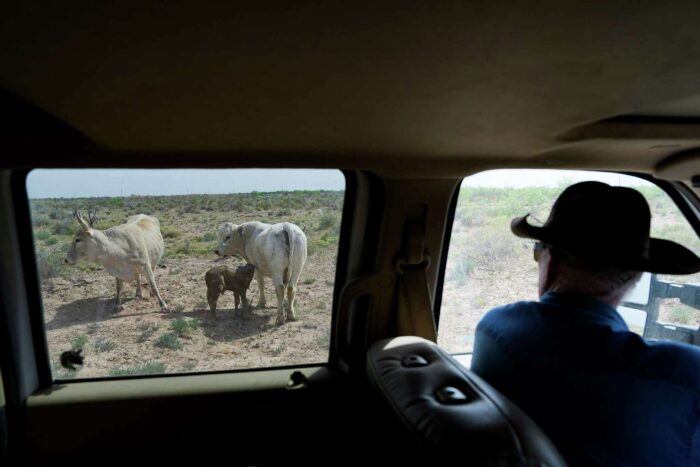
In the early days of Texas oil, wildcatters poked holes everywhere that gave them a tingling feeling, including dozens of sites around Houston. Even after regulations began taking effect in the 1920s, many took a free-wheeling approach, leaving present-day regulators in the dark about how many holes could be out there. Holes that ended up being dry more than a century ago may nevertheless threaten the environment.
“A lot of guys would go drill a well and if it was a dry hole, they wouldn’t bother getting a lease,” said Robert Traylor, a geologist who worked as a consultant with the Railroad Commission for nearly 30 years before he retired in 2015. “And so nobody even knew they drilled a well.”
Wells also become orphaned when their owners go bankrupt or dissolve, absolving operators of liability. Oil majors don’t go bankrupt, but they often sell their low-producing wells to smaller companies that do. Small companies squirrel away vast numbers of low-producing wells, squeezing them for their remaining oil. This way, one small company that goes bankrupt or dissolves can leave behind scores of wells that become wards of the state.
The number of such wells added annually to the Railroad Commission’s list of those to be plugged at taxpayer expense is in the hundreds. The queue now has more than 8,200 wells that were sloughed off over more than a century of oil production by operators who ran out of the money — or will — to plug them.
Patrick Courreges, communications director with the Louisiana Department of Natural Resources, said his state is treading water with its own list of orphaned wells, which currently number around 4,500.
“You’re playing catch-up in states that had that big gold rush in oil back in the day,” Courreges said. “That’s a lot to catch up.”
Federal funds to fix wells without liable owners started trickling into Texas earlier this year, but $4.7 billion shared among the states just scrapes the surface of what promises to be a costly problem. Around 14 million Americans live within a mile of a documented orphan well, including 315,000 people in Texas, according to the Environmental Defense Fund, a nonprofit advocacy group.
More than 100,000 more inactive, low-producing and delinquent wells in Texas are in danger of soon becoming orphaned, according to analyses by environmental groups and financial services firms. Around 120,000 idle wells in Texas are at high risk of becoming orphaned, said Adam Peltz, a director and senior attorney in the Environmental Defense Fund’s energy program. Some have been inactive for decades, according to RRC data, but Peltz said the chances of those inactive wells ever coming back into production are low.
The problem isn’t limited to onshore sites. There are an estimated 14,000 wells in the Gulf of Mexico and its tributaries that are no longer producing and need to be plugged — a mounting liability estimated to cost $30 billion, according to a study by researchers at the University of California, Davis and Louisiana State University published in May in the journal Nature Energy.
Official well counts don’t capture undocumented wells that predate modern reporting — estimated to be around 1.2 million nationally, according to the think tank Carbon Tracker, which researches the connection between capital markets and the energy transition. The firm estimated that at the current pace, it could take 300 years to plug the nation’s nearly 4 million unplugged wells.
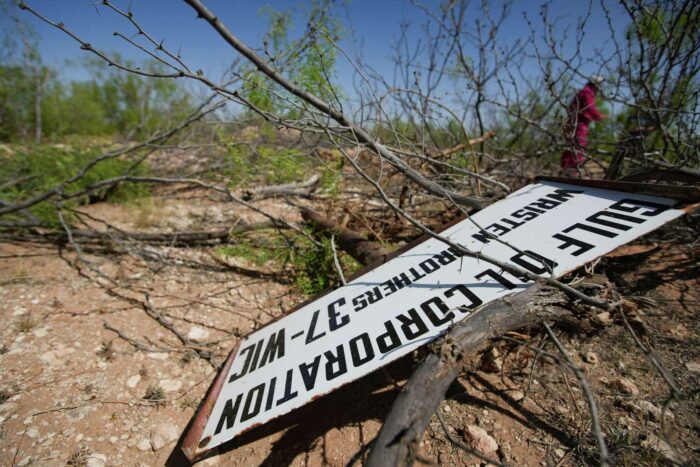
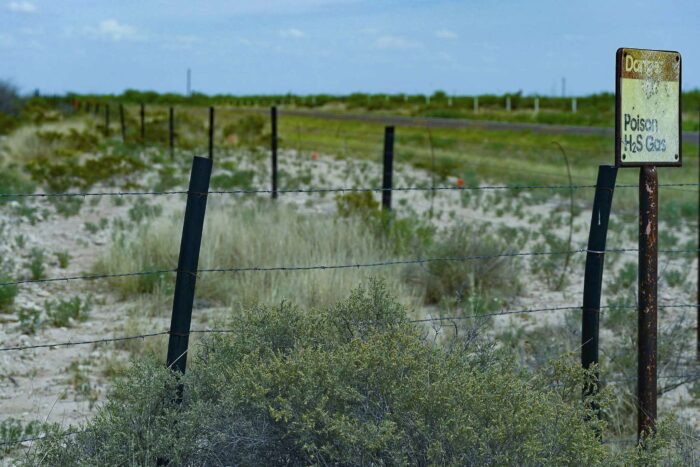

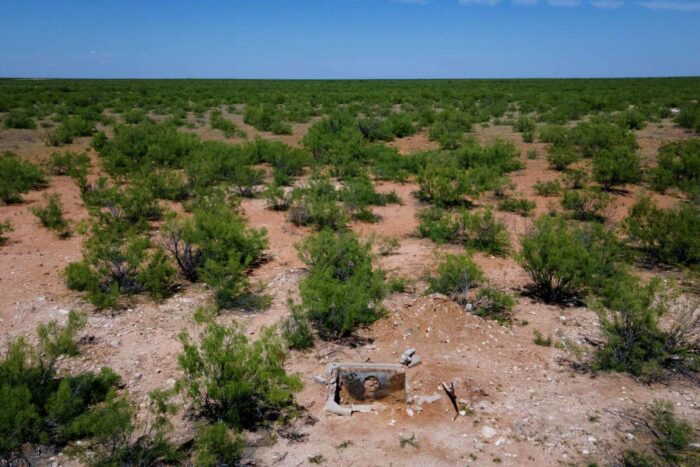
The Railroad Commission plugged 1,068 wells during fiscal 2022 at a cost of $29.5 million, and added another 944 over the same period. During the second quarter, it said it plugged 363 wells at a cost of $11.7 million — 119 wells with state funds and 244 wells with money from the federal Infrastructure Investment and Jobs Act, which has promised Texas nearly $320 million in phased disbursements.
Plugging wells is becoming more costly as unconventional wells get deeper, standards become more stringent, labor and equipment costs rise and as the energy transition weakens the value of aging assets. It can cost anywhere from $20,000 to $1 million to plug a single well, depending on the integrity of the remaining structure. The longer an old well sits, the more the steel casing and cement protecting the hole degrade.
“If things go wrong,” said Dwayne Purvis, a reservoir engineer, “the total dollars can really go off the top.”
Still, the Railroad Commission is reluctant to continue accepting the new funds until federal guidelines are released. In February, the commission asked the U.S, Department of the Interior to reconsider guidelines that could require the RRC to submit data about wells plugged with federal dollars and monitor the sites afterward for gas emissions and potential groundwater contamination. Such monitoring would fall outside its statutory abilities, it said.
“We are still waiting on receipt of final guidelines before we can make any determinations as an agency,” a spokeswoman for the agency said in a statement. Meantime, the list of uncapped wells grows.
Schuyler Wight walks away from a well as it leaks oil and produced water onto the surface of his ranch on Wednesday, April 26, 2023 in West Texas.
Elizabeth Conley/Staff photographer
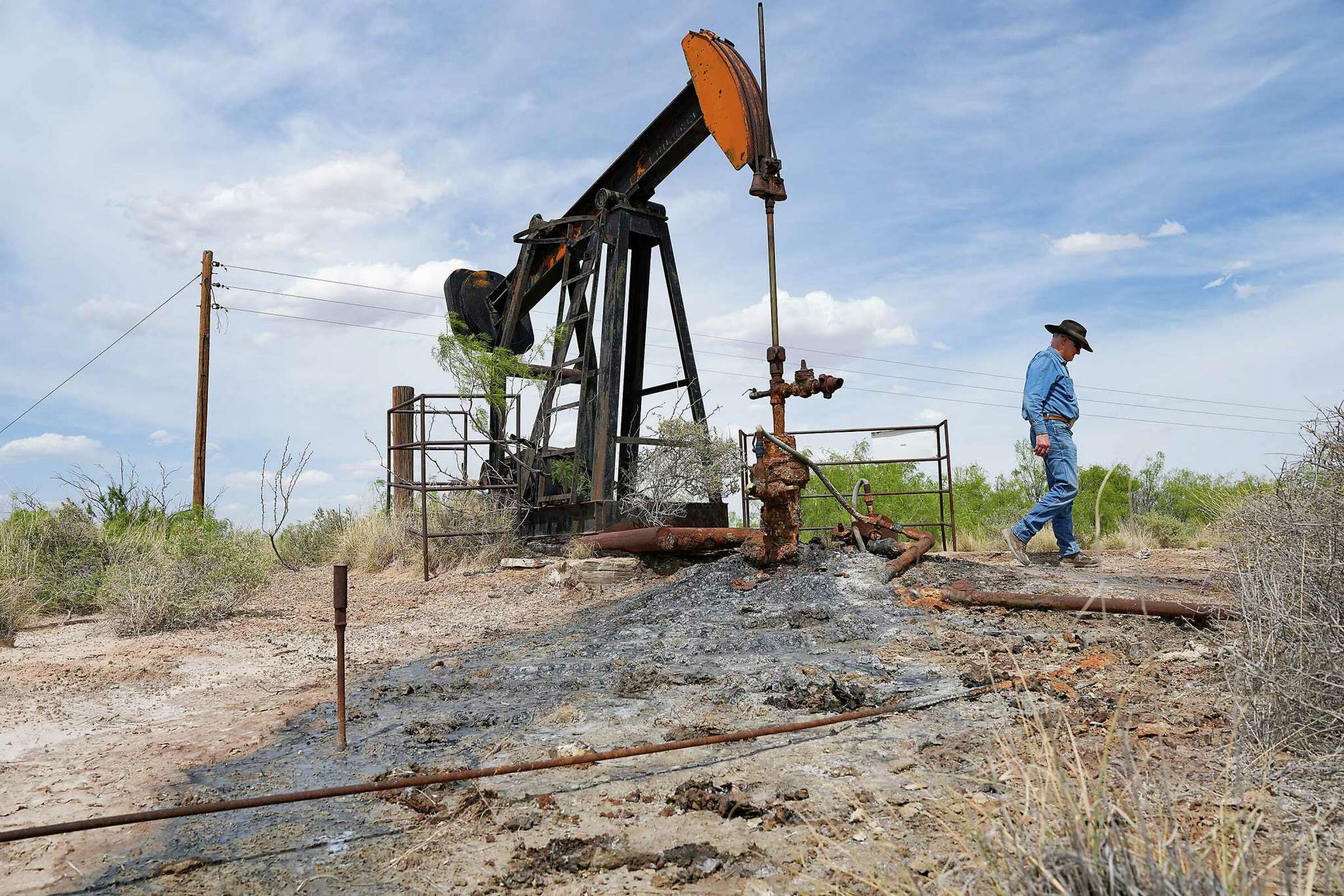
Plugging orphaned wells and repairing wells whose plugs are coming undone is a priority for the Biden administration because of the cumulative and “significant” impact the hundreds of thousands of unplugged orphaned wells have on climate change, said Winnie Stachelberg, infrastructure coordinator for the Department of the Interior. She said the department’s initial disbursement of $25 million to Texas would plug 800 wells.
“We have heard from so many people how relieved they are that someone is finally doing something,” Stachelberg said.
The Railroad Commission said its well-plugging crews are stretched thin, but it denies the existence of any systemic issues with orphaned and unplugged wells. Its program has plugged more than 44,000 wells since the early 1980s.
But for some in West Texas, progress comes at a glacial pace. A fourth-generation oil field worker who grew up riding pumpjacks in East Texas, Hawk Dunlap said the industry has lately lost its charm.
“The romance is kind of gone for me after seeing all this,” he said gesturing out toward a sea of leaking old wells. “There should not be an orphan well problem in the state of Texas. We can do things the right way. The fact that we just don’t is heartbreaking.”
This story is the first in a three-part series. Read Part 2 here.